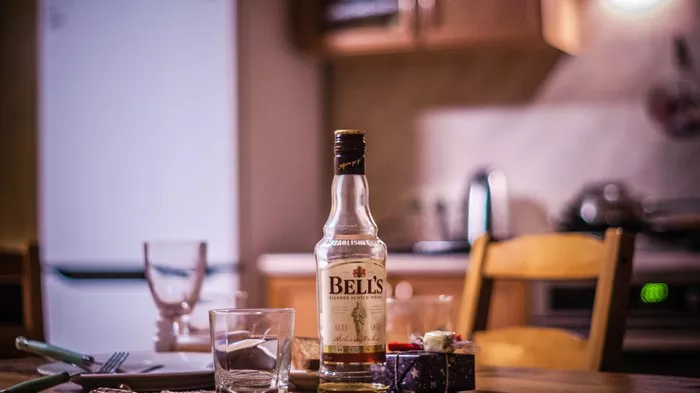Tequila has been on a tear: The agave spirit from Mexico continues to be one of the most popular spirits categories in the country, if not the world. why not? It’s associated with celebrations, can be mixed into margaritas and many other drinks, and offers a surprisingly wide range of flavors. It doesn’t hurt that many celebrities have their names attached to tequila brands.
How is tequila made?
While the agave plant grows all over the world, tequila is made exclusively from the Blue Weber agave grown in Mexico—specifically Jalisco, the famous home of tequila, and some Cities (Guanajuato, Michoacán, Nayarit and Tamaurias). This sets it apart from mezcal and can be made from a wider range of agave species.
The root of the agave plant – the piña, which literally resembles a large pineapple – is dug out of the ground and transported to the distillery. There, the piña is cooked with steam to extract the sugar from the agave. (This can be done with an above-ground oven called a cornea, an autoclave, or a diffuser. The cooked agave is then crushed, fermented with yeast, and distilled.
What are the different types of tequila?
Blanco or Plata: Meaning “white” or “silver”, this is basically unripe tequila. Spirits must be bottled within 60 days of distillation. Look for a crisp, bright flavor with just a hint of agave sweetness. Some purists believe that blanco is the only “real” tequila and the finest, purest expression of the agave plant.
Reposado:
Meaning “to rest,” this is aging in oak barrels for at least two months, but usually longer. Reposado tequila can express a myriad of personalities, from barely oaky to exhibiting many deep, rich flavors. Many fall squarely in the middle, with peppery notes tempered by mellow honey. This age range is perfect for sipping or mixing.
Añejo:
Meaning “aged,” añejo tequilas are aged in oak barrels for at least a year, and many tequilas are aged much longer. Rich and complex, the barrel produces plenty of herbs, dried fruits and spices all the way through, all made for slowing down and savoring. Think of this like drinking tequila.
Extra Añejo:
This “ultra-aged” tequila lasts at least three years in oak barrels, no larger than 600 liters. Typically, these products are produced in limited quantities and are targeted at the luxury market. The extra time in oak can create deep toffee and cocoa flavors, similar to some cognacs or longer-aged whiskeys.
Cristalino:
Refers to the “crystal clear” appearance, which is achieved by aging the tequila and then filtering out the color and flavor with charcoal, making it clear (or close to it) and having a lighter flavor. Some versions have added sweetener, usually agave nectar. Cristalino tequila is a relatively new style in the tequila category and worth knowing about.
Joven and other blends:
It’s worth noting that some tequila bottlings get around these prohibited classifications by blending distillates from one or more official categories. Joven (“young”) is a blanco mixed with some aged tequila. Others are more experimental, such as mixing reposado with a touch of older extra anejo.
What makes a “good” tequila?
Obviously, this is a matter of taste. But the best tequilas all have one thing in common: they’re made from 100% blue agave.
While tequila is legally made with 51 percent agave, this is called a “blended liquor.” The remaining 49 percent can be made with anything from grain neutral spirits to corn syrup. “Golden” or “oro” is also best avoided; it is usually unaged and gets its “golden” hue from caramel color or other additives. Do yourself a favor and pass on the remix/oro.
In general, Blanco and Reposado are best mixed into drinks, while Agnéjo and older are best enjoyed neat. But there’s no hard and fast rule; the “best” tequila is the one you like.
What’s the best way to drink tequila?
Again, this is subjective. Perhaps the most famous way to drink tequila is as a shot or mixed into a margarita. But this is a matter of personal preference.
For those who like tequila, consider adding a chaser, either a beer (preferably Mexican or Mexican-style) or a sangrita, a mix of juice, hot sauce, and spices
In conclusion, determining the best tequila involves considering factors such as the type, brand, agave variety, production region, awards, and, most importantly, your own palate. By exploring these aspects, you can embark on a delightful journey to find the perfect tequila that suits your taste.


